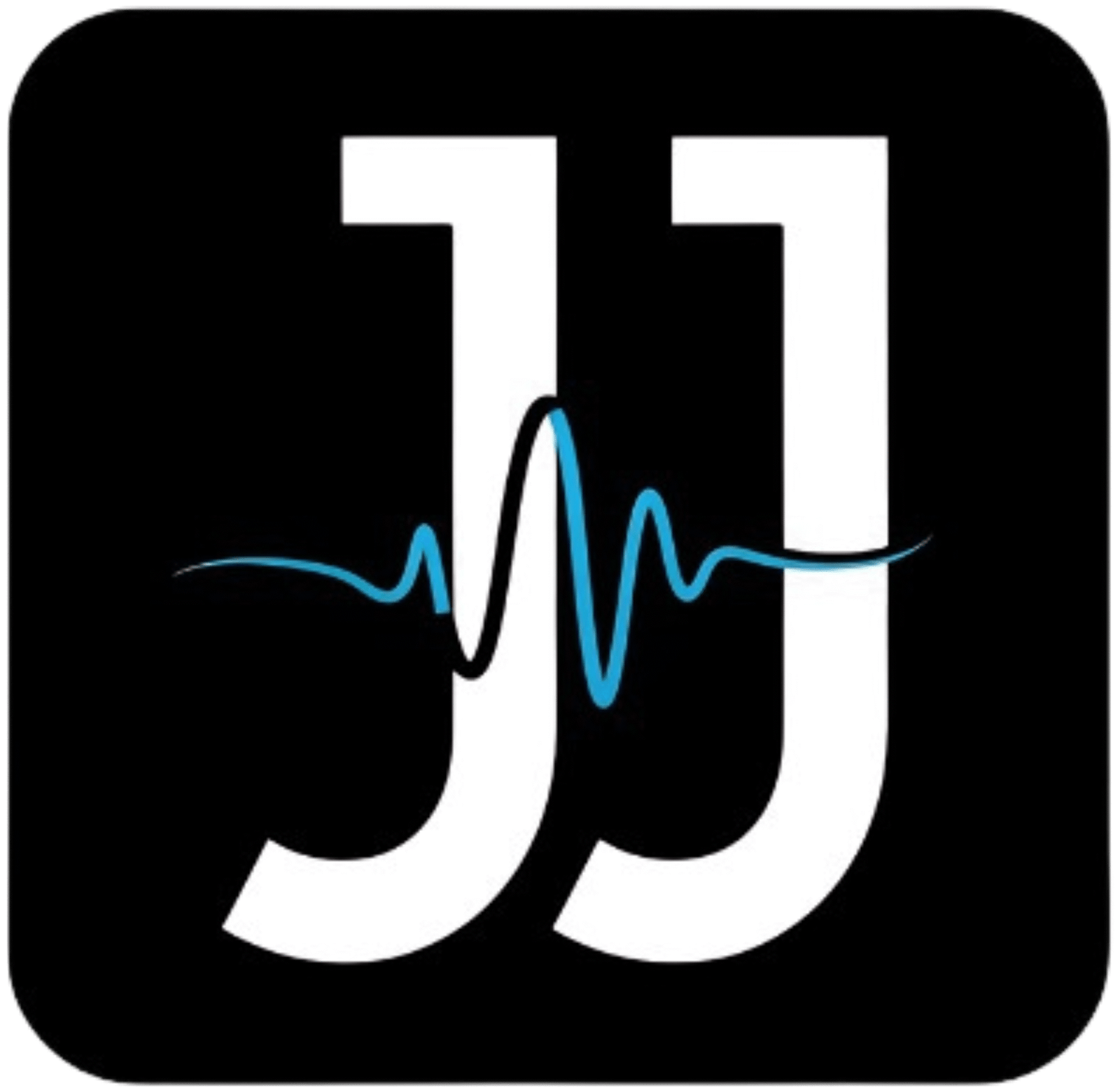It’s fascinating how timely information can give you a competitive edge in any field. In my experience, I have found that using Google Alerts has been a game-changer for identifying emerging trends before they go mainstream. By setting up personalized alerts for specific keywords, I can monitor industry shifts, track customer sentiment, and discover new opportunities in real-time. In this blog post, I will share how you can leverage Google Alerts to enhance your trend-spotting skills and stay ahead of the curve.
Jesper Jacobi’s Strategic Use of Google Alerts
With an eye for emerging trends, Jesper Jacobi leverages Google Alerts to gain a competitive edge in his industry. By setting up customized alerts relevant to his niche, he ensures real-time updates from trusted sources, allowing him to stay ahead of the curve. This is not just about gathering information, but about synthesizing it quickly to make informed decisions that can influence his strategy and content creation.
Harnessing Alerts for Real-Time Insights
By receiving instant notifications on specific topics, Jesper uncovers valuable insights that inform his content strategy and marketing efforts. For instance, when a particular hashtag trends, he can promptly adjust his campaigns to capitalize on the buzz, positioning his brand as a thought leader within the conversation.
Establishing Personalized Keywords for Relevance
Identifying the right keywords is vital in ensuring that Jesper receives alerts that truly matter to his work. By honing in on personalized keywords related to his field, he filters out noise and focuses on content that aligns closely with his interests and goals. This tailored approach allows him to track specific innovations and competitor activities effectively.
Jesper prioritizes keywords that reflect both current passions and future aspirations. By balancing broad terms with niche phrases, he can capture a diverse range of insights, from groundbreaking trends to specialized discussions. This multifaceted approach not only enhances his understanding of the industry landscape but also empowers him to engage meaningfully with his audience on relevant topics. The right keywords act as a beacon, guiding him toward the information most pertinent to his strategic vision.
Identifying Emerging Trends Before the Competition
Staying ahead of the competition requires the ability to not just recognize trends but to anticipate them. By utilizing Google Alerts, I’ve been able to sift through the noise and find what’s genuinely emerging in my field. The key lies in identifying patterns and shifts in conversation around specific topics that may indicate a larger movement. Often, these alerts reveal insights before they reach mainstream media, giving me a competitive edge to pivot strategies quickly and effectively.
Analyzing Alerts for Contextual Relevance
Each alert that comes in needs to be evaluated for its contextual relevance. Not all mentions are created equal; some may be fleeting moments in trending discussions, while others could represent significant shifts in consumer behavior. I analyze the sources, engagement levels, and the sentiment expressed in these alerts. Understanding the context helps me determine which topics warrant further exploration or immediate action.
Cross-referencing Alerts with Industry Reports
To validate insights from my alerts, I cross-reference them with reputable industry reports. This step is vital in ensuring accuracy and relevancy. I often pull from sources like Statista or specific market analysis from McKinsey and Nielsen. By cross-referencing data, I can assess whether an emerging trend from my alerts aligns with quantitative research and expert projections. This synthesis of information helps in crafting strategies and making data-driven decisions that can enhance my competitive positioning.
Engaging with industry reports allows for deeper insights into not just what is trending but why it’s happening. For instance, if I receive multiple alerts about increased interest in sustainable products, I might check the latest Nielsen report on consumer preferences, which often details the reasons behind such shifts. This approach connects real-time micro-trends with macro-consumer sentiments, enabling me to tailor my business tactics effectively. By aligning insights from alerts with comprehensive research, I can be ahead of the curve—transforming information into actionable strategies before others even realize a trend exists.
Cultivating a Proactive Mindset Through Alerts
By integrating Google Alerts into my daily routine, I’ve shifted my approach from a reactive mindset to a far more proactive one. With tailored alerts pinging my inbox, I can anticipate market shifts and consumer preferences before they become mainstream discussions. For instance, I track keywords related to emerging technologies and market trends, enabling me to identify patterns and adapt my strategy effectively. This proactive stance not only secures a competitive edge but also fosters a culture of innovation within my team.
Shifting from Reactive to Predictive Analysis
Transitioning to predictive analysis involves leveraging data from Google Alerts to foresee changes rather than merely responding to them after they’ve occurred. By analyzing trends over time, I can identify signals that suggest future developments, helping me make educated guesses about market dynamics.
Leveraging Alerts for Strategic Decision-Making
Incorporating Google Alerts into my decision-making framework has proven to be a game-changer. By receiving real-time updates on relevant topics, I can make informed choices that align with emerging trends and consumer interests.
This strategic decision-making process involves more than just being informed; it requires synthesizing information from multiple alerts to develop a holistic view of the market landscape. For example, when I noticed a surge in discussions around a specific technology advancement, I could quickly pivot our focus and allocate resources toward related developments. This approach allows for not just timely responses, but well-informed strategies that align with future market needs, leading to more effective outcomes for my projects and clients.
Crafting Compelling Content from Trends
Transforming the insights from Google Alerts into compelling content requires a keen understanding of the trending topics and how they resonate with your audience. I focus on weaving the latest data and insights into narratives that captivate readers, ensuring they not only consume the information but also share it within their circles. By consistently delivering content that reflects current interests, I establish myself as a thought leader and foster deeper connections with my audience.
Transforming Data into Engaging Narratives
Data alone can be dry and uninviting, which is why I focus on storytelling to breathe life into trends. By integrating anecdotal evidence, relatable scenarios, and real-world applications, I craft narratives that resonate emotionally with readers. For instance, instead of presenting statistics on consumer spending, I highlight a relatable story of someone navigating financial choices in today’s economy, making the information both accessible and compelling.
Bridging the Gap Between Trends and Audience Interests
Understanding what sparks your audience’s interest is equally important as having access to the latest trends. I map out the overlapping areas where trending topics and your audience’s desires intersect, enabling me to offer content that feels personal and relevant. By considering factors like demographics, preferences, and current discussions within the community, I create a more tailored experience that invites deeper engagement and discussion.
To effectively bridge this gap, it’s vital to analyze not only the trends but also the motivations behind your audience’s behaviors. For example, if a trend touches on sustainable living, I investigate into my audience’s interest in eco-friendly practices. This involves gathering insights from social media, surveys, and community feedback. By tailoring content that addresses these interests within the context of emerging trends, I not only drive traffic but also cultivate a loyal readership eager for more. This approach consistently sharpens my content creation strategy and keeps me ahead in a competitive landscape.
The Broader Implications of Early Trend Spotting
Spotting trends early not only influences individual careers but also reshapes entire industries. The ability to anticipate changes can position businesses as leaders rather than followers, enabling them to capitalize on new opportunities before others even catch on. By aligning strategies with these insights, you can drive innovation, inform product development, and ultimately redefine marketplace dynamics.
Impact on Business Growth and Innovation
Early trend spotting is a game-changer for business growth and innovation. By identifying shifts in consumer preferences or emerging technologies, you can inform your strategy and adapt your offerings accordingly. For instance, companies that recognized the growing demand for sustainable products early on have successfully tapped into a lucrative market, leading to significant revenue growth and enhanced brand loyalty.
Lessons for Aspiring Trend Analysts
For aspiring trend analysts, embracing a systematic approach to monitoring and analyzing data is key. I recommend developing a personalized alert system, such as Google Alerts, to stay informed about relevant keywords in your industry. Engaging with niche communities or forums where these trends are discussed can also provide valuable insights. Cultivating a habit of curiosity will enhance your ability to connect the dots and predict future trends.
Leverage tools like social media analytics and data visualization software to enhance your findings further. Regularly assess your alerts and track their relevance; not all trends will hold. Many aspiring trend analysts overlook the significance of networking with other professionals in the field. Collaborating enhances your analytical skills while exposing you to different perspectives, ultimately refining your trend-spotting capabilities. By committing to continuous learning and adaptation, you position yourself for success in this dynamic landscape.
Summing up
On the whole, I find that Jesper Jacobi effectively utilizes Google Alerts to spot emerging trends before they become mainstream. By customizing alerts for specific keywords related to his industry, he stays ahead of the curve and is able to react promptly. You can adopt this strategy too; it allows you to refine your focus and keep informed about the latest developments. This proactive approach not only enhances your knowledge but also positions you as a thought leader in your field.
FAQ
Q: How does Jesper Jacobi set up Google Alerts for trend spotting?
A: Jesper Jacobi begins by identifying specific keywords and topics relevant to his industry or interests. He then goes to the Google Alerts webpage, inputs these keywords, and adjusts the settings to receive alerts via email. He often customizes the frequency of notifications to ensure he receives updates as they happen without overwhelming his inbox.
Q: What types of trends does Jesper Jacobi look for using Google Alerts?
A: Jesper focuses on various types of trends, including changes in consumer behavior, emerging technologies, and shifts in market dynamics. He pays attention to industry news, competitor activities, and broader societal trends. This helps him stay ahead of the curve in his field and identify opportunities for innovation and growth.
Q: How does Jesper Jacobi analyze the information he receives from Google Alerts?
A: Jesper reviews the alerts by categorizing them into relevant topics and noting key insights or patterns. He often creates a summary of the most significant findings, which he discusses with his team. This collaborative analysis allows for different viewpoints to emerge and fosters discussion around potential strategic actions based on the trends identified.
Q: Can Google Alerts be tailored for local trends, and if so, how does Jesper Jacobi do it?
A: Yes, Google Alerts can be tailored for local trends by including specific geographical keywords in the search criteria. Jesper incorporates city names or regional phrases when setting up his alerts, which helps him monitor developments that may impact local markets or audiences. He uses this localized data to strategize outreach and engagement initiatives more effectively.
Q: How often does Jesper Jacobi refine his Google Alerts settings?
A: Jesper regularly assesses the effectiveness of his Google Alerts settings, typically every few months. He evaluates the relevance of the keywords and the quality of information received. Based on this assessment, he makes adjustments to ensure he captures emerging trends accurately while filtering out any irrelevant noise that may have arisen in his alerts.




